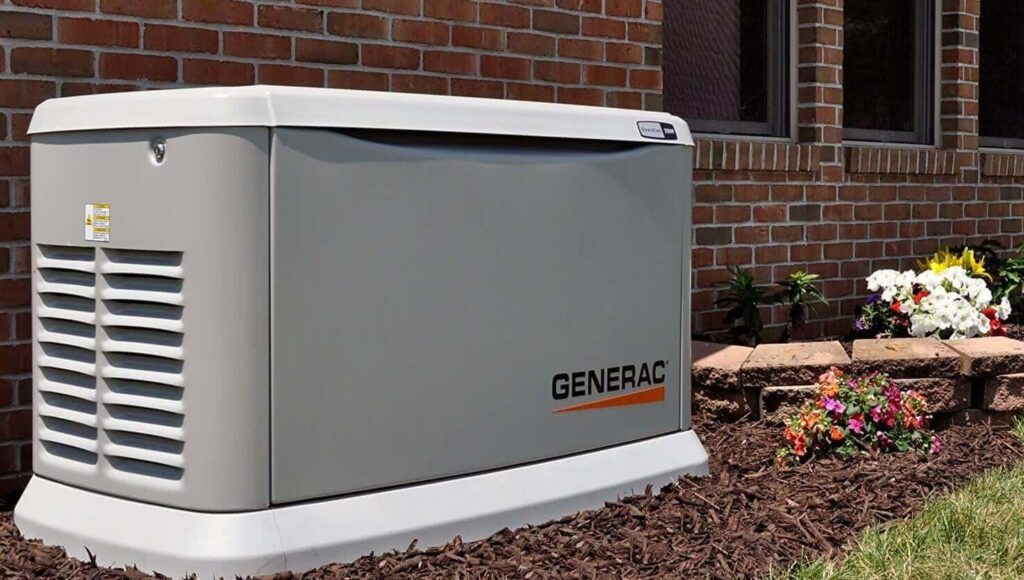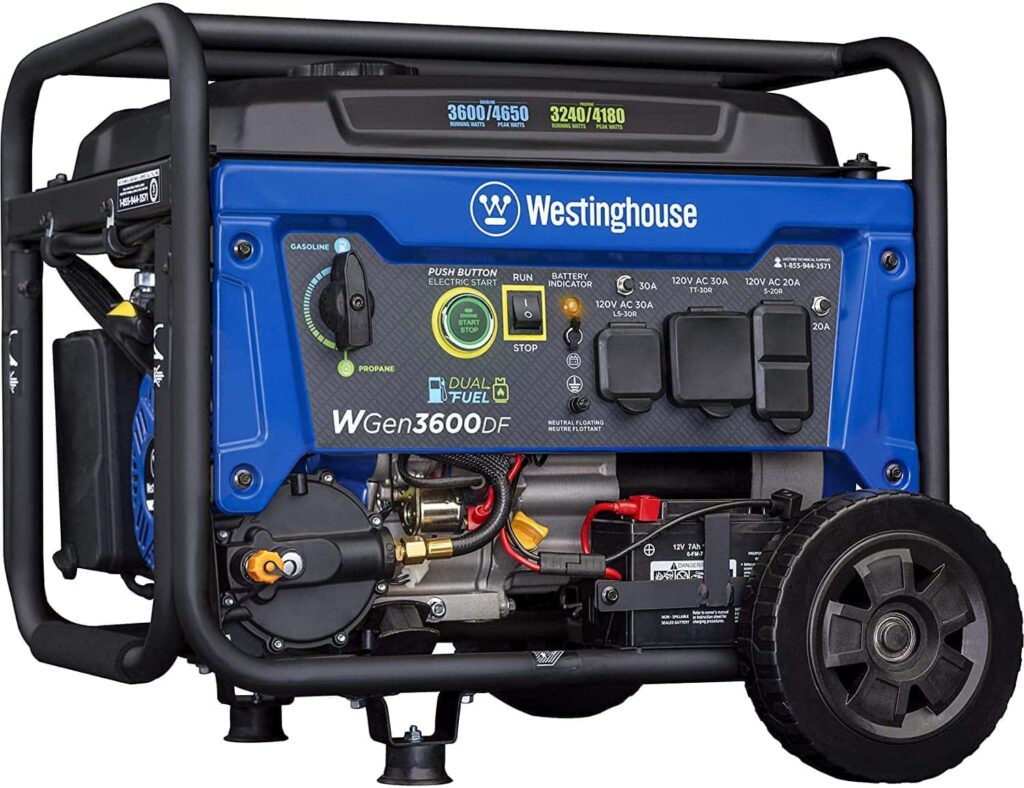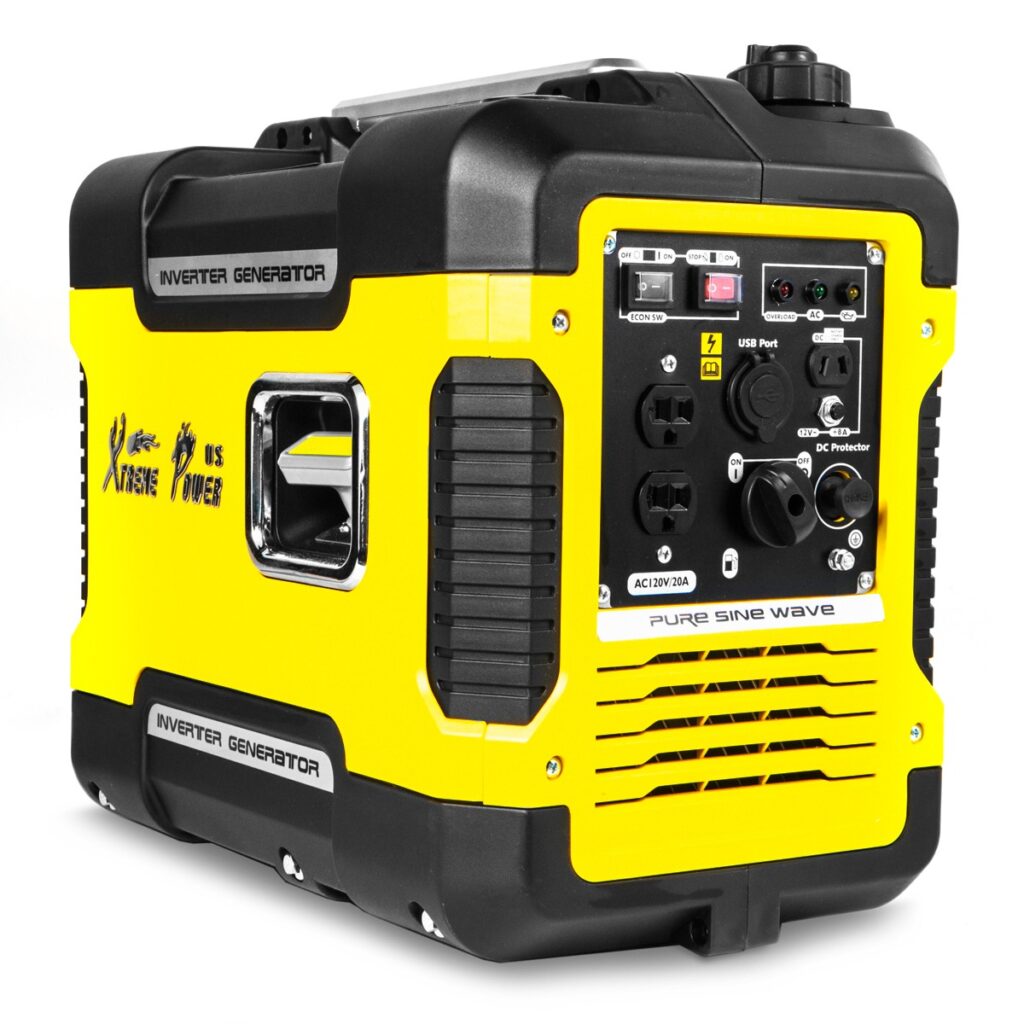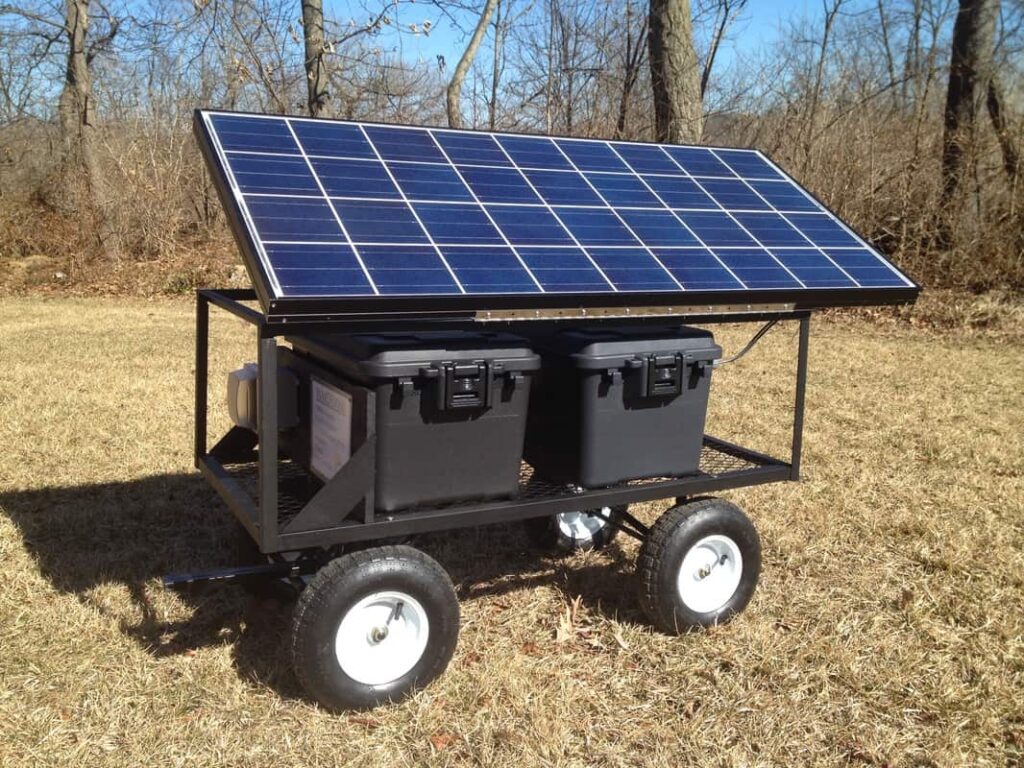With the last blizzard, we had that left some people without power, maybe it is time to think about investing in a generator for your home.

The ideal generator for the whole house is called a standby generator. This will kick on when the electricity goes off. They are the most expensive type and require professional installation, but cover electricity consumption for the entire house. They range up to 20,000 watts. Standby generators come with a transfer switch that automatically transfers power to a fuel or propane hookup and shuts off power to the electrical line protecting utility workers from getting zapped.

Portable generators are smaller and usually on wheels. They can power smaller items like space heaters, television, refrigerator, and a few lights. The larger ones can be kept outside in a generator box to protect them from the elements and opened when you want to use them. Keep them at least 15 away from the house because of their exhaust fumes. They have a typical wattage range from 3000 to 10,000 watts.

Inverter generators are portable generators that run more quietly and efficiently, however, cost more.

Solar generators run on solar panels to a battery that stores electricity. No external fuel source is needed and runs quietly but is short-lived.
To figure out the wattage you need, add up the appliances you would run. A refrigerator take usually 600 watts, a space heater 1500 watts, a window air conditioner 1000 watts, a computer up to 300 watts, and lights 60 to 600 watts. Make sure your generator can handle these wattages. Furnaces, air conditioners, and refrigerators (600 to run and 2200 to cycle) require more wattage when they cycle off and on (surge watts).
